Fly fisherman’s dream is in most cases composed of still water, a cloudless sky, and soft wind. What the hell do you do when the rain starts pouring and the weather decides to throw a curveball at you? Does it mean running away and coming back home? Absolutely not!
While the rain may seem like a deterrent to fly fishing, it can also bring a sense of fulfillment along with the chance to put your skills to the test.
This article is going to be super interesting because we are going to be discussing a good point about surprising fly fishing in the rain.
Can You Fly Fishing In The Rain?
Why not try fishing in the rain? The chances are good that you will succeed. Fish won’t mind a little rain, because they’re already wet.
Besides, the fish are usually more active in such weather conditions. Of course, there are several nuances fishermen should be mindful about when they are going to fly fish during the rain.
Conditions To Fly Fishing In The Rain
- You need to be dressed properly in dry and warm clothes to fish in the rain without inconvenience. This gear list includes waterproof clothing, a waterproof fly box, and a good rain jacket.
- At the same time, it is advisable that you observe the weather forecast and all possible dangers, including lightning and flash floods, among others.
- Catching fish in rain or drizzle can be very easy and fun. But heavy rain or thunderstorms can make the fishing more complex and worse.
- In such conditions, it will be more suitable to patiently wait for the rain to stop before commencing a body of water.
Is It Good Or Bad To Fly Fishing In The Rain?
In general, whether it is good or bad to fly fish in a downpour will depend on the particular weather conditions. Likewise, light rain promotes fishing, and heavy rain or storms can be dangerous or ineffective.
Yet, it would be wise to bear safety in mind and monitor the weather ahead of scheduling the rain fly fishing.
How Does Rain Affect Fishing?
The consequences of rain on fly fishing are very complex, altering the quality of the water, the behavior of the fish, and even the efficiency of your flies.
Here a insights into how different types of rain affect the experience:
Water Conditions
- Water Level and Flow: Light rain might cause a slight rise in water level, creating faster currents. Heavier rain can significantly increase flow, making wading and casting challenging.
- Clarity: Heavy rain can stir up sediment, reducing water clarity. However, a light rain after a dry spell can improve clarity by washing away dust and debris.
- Temperature: Water temperature can dip slightly with rain, but this effect is usually temporary and might even be refreshing for fish in hot weather.
Fish Activity
- Feeding Frenzy: Rain often triggers a feeding frenzy for fish. Washed-in insects and worms become a sudden bounty, making fish more active and aggressive. They may rise closer to the surface to snatch these easy meals, increasing your chances of a successful strike. This is especially true for fish that primarily feed on nymphs or terrestrial insects.
- Movement: Increased water flow can affect how fish position themselves in the current. They might seek shelter behind rocks or logs, or hold in slower pockets of water to conserve energy.
Fly Effectiveness
- Dry Flies: Heavier rain can flatten dry flies, making them less attractive. They won’t ride the surface tension as well, and fish are less likely to see them as a viable food source.
- Nymphs and Streamers: Rain can enhance the effectiveness of nymphs and streamers. Increased water flow mimics the movement of their natural prey. Weighted nymphs can sink quickly and reach the fish feeding zone, while streamers appear more realistic and enticing due to the water movement.
Rain’s Intensity Matters
The impact of rain on your fishing experience depends greatly on its intensity:
- Light Rain: Often ideal conditions. Slightly increased water levels can create faster currents, potentially bringing more food sources for fish. Light rain can also wash away dust and debris, improving water clarity.
- Moderate Rain: Still fishable, but requires adjustments. Casting techniques might need to change due to wind, and fly selection might favor nymphs and streamers over dry flies.
- Heavy Rain: May be best to call it a day. Visibility can be severely limited, wading becomes risky with fast currents, and fishing overall becomes more challenging.
Fly Fishing In The Rain: Advantages And Disadvantages
Fly Fishing has various benefits but on the other side of the picture, it demands various challenges. Here is a detail:
Advantages
- Fish become more active: Low light and rain can trigger hatches of insects, bringing fish to the surface to feed. Trout and other fish may also be less spooky in the subdued light.
- Washed-in food: Rain can wash insects and worms into the water, making fish more likely to strike.
- Less crowded waters: Rain tends to deter casual anglers, so you might have the river or stream more to yourself.
Disadvantages
- Tougher casting: Wind and rain can make casting more challenging.
- Gear maintenance: You’ll need to keep your rod, reel, and line dry to avoid rust and maintain smooth operation.
- Reduced visibility: Rain can make it harder to see your fly and strikes. Dry flies can become waterlogged and sink.
- Fast-moving water: Heavy rain can lead to high, fast-moving water, making wading and fishing dangerous.
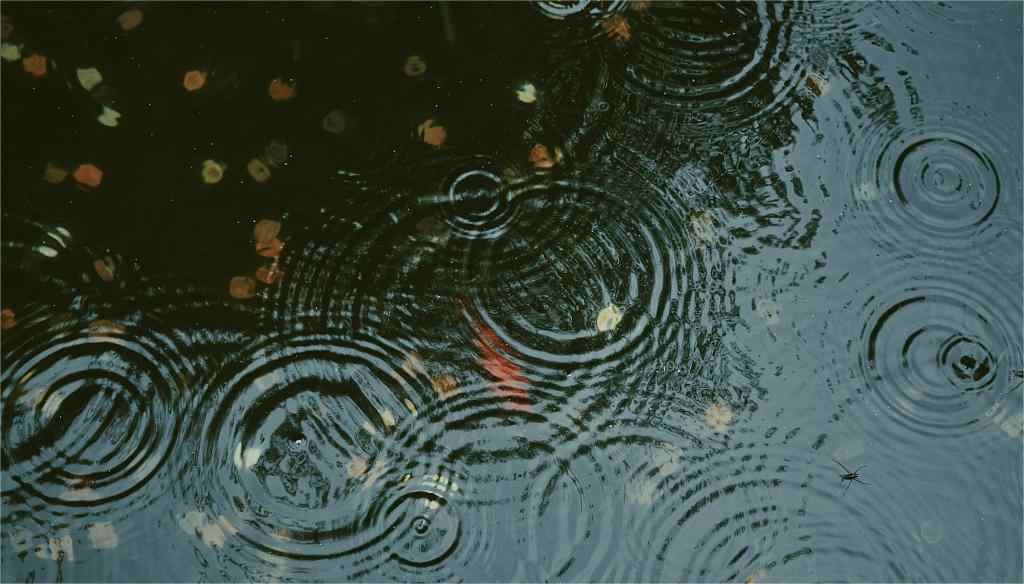
What Flies Patterns To Use In the Rain?
1. Terrestrial Flies
When rain hits the ground, it knocks insects like ants, hoppers, and beetles into the water. Trout and other fish are opportunistic feeders and will readily target these struggling bugs on the surface. Terrestrial flies are designed to imitate these land insects.
How to Choose:
Always choose large, bushy fly patterns that can stay afloat on the choppy water film created by raindrops. Stimulator patterns are good general attractors, featuring generic shapes and bright colors that can snag a fish’s attention. Popular terrestrial fly options include:
- Hopper patterns: These flies resemble grasshoppers, which can be a common sight near waterways. Choose flies with large bodies and prominent legs for better visibility.
- Ant patterns: Ants are another common land insect that ends up in the water. Look for black or brown patterns with realistic body shapes.
- Beetle patterns: Beetles come in various shapes and sizes, so you can choose a general attractor pattern or something that mimics a specific beetle in your area.
2. Large Nymphs
In murky water caused by rain, bigger nymphs are easier for fish to see. Opt for large nymph patterns that provide a bulky profile in the water, such as Pat’s Rubber Legs or San Juan Worms. These flies have segmented bodies that push more water and create a stronger silhouette.
How to Choose:
When choosing large nymphs for rainy conditions, consider these factors:
- Size: Standard nymphs typically range from size 16 to size 10. In rain-stirred water, consider going up a size or two (size 8 or 6) to enhance visibility.
- Color: Bright colors like yellow, orange, or pink can be more visible in murky water. Nymphs with contrasting colors, such as those with silver or copper wire ribbing, can add an extra flash of attraction that might trigger strikes. opt for colors that resemble natural prey in your area whenever possible.
3. Streamers
Streamers are great lures for attracting fish in murky or fast-moving water conditions that rain can create. Streamers are a good choice because they are designed to be seen by fish, even in less-than-ideal conditions. They come in various sizes and colors, allowing you to match the baitfish in your area or create a flashy, attention-grabbing presentation.
Streamers can be retrieved in different ways to imitate the erratic movements of injured baitfish or fleeing insects. Choose streamers with weighted heads that allow you to sink them to the desired depth, especially if fish are feeding lower in the water column.
How to Choose:
Here are some tips for choosing streamers for rainy weather:
- Size: Streamer size can vary depending on the size of the fish you’re targeting and the baitfish in the water. In general, a streamer that’s 2-3 inches long is a good starting point for trout fishing.
- Color: In murky water, bright colors like chartreuse, white, or olive can be effective. You can also experiment with contrasting colors that provide a flash of attraction. Woolly Buggers in black, brown, or olive are classic streamer choices for all conditions and can be a good starting point in rainy weather.
- Weight: Streamer weight will depend on the water depth and current. If you’re fishing deeper runs or fast-moving water, choose a streamer with a heavier head to get it down to the fish. Lighter streamers can be effective in slower currents or shallower water.
Techniques For Fly Fishing In the Rain
1. Adjust the Flies When Necessary
One of the key tips is to put on a fly that is appropriate to the situation. With muddy, swirling waters due to rain, the best choice is the use of larger, more visible flies to catch fish in them. Likewise, the weight is a good help to let your flies sink deeper and find more fish that live lower in the water column.
2. Prioritize the Slowing Down Lanes
Another advice for rain fly fishing is to spend time in backwaters. Rain causes insects and foods to be washed into eddies and backwaters thus creating feeding spots for fish. If you focus on these bland spots, you will have a higher possibility of catching a fish even in the case of not ideal weather.
3. Use Quality Rain Gear
Make sure you also pay attention to dressing accordingly when you are fly fishing in the rain. Spend your money on some good quality rain gear that will keep you warm and dry all day. Maintaining a warm and dry body will not only result in comfort on the water but also help you stay alert and focused on the ultimate goal.
4. Adaptable Approach
Lastly, be patient and persevere while fly fishing in the rain. Fish often tend to be more inactive during bad weather conditions, therefore, you mustn’t forget to achieve the maximum reach and be prepared for prompt change in strategy.
Conclusion
Fly fishing in the rain can be an enjoyable adventure for an angler who is equipped with proper gear. Hatching is triggered by rain, washing in food, and putting them less spooky.
On the other hand, it can make casting more difficult and limit visuals. Whether it’s choosing flies (terrestrials, large nymphs, and streamers) that work well or fishing in slow currents to increase your chances.
Do not forget to ensure you are safe, wear the right clothes, and remain flexible in your strategies.
For fishing, don’t forget to check out the Kalkal rubber deck boots, made for fishing, water, and boat, keeping you dry, stable and comfortable all day.


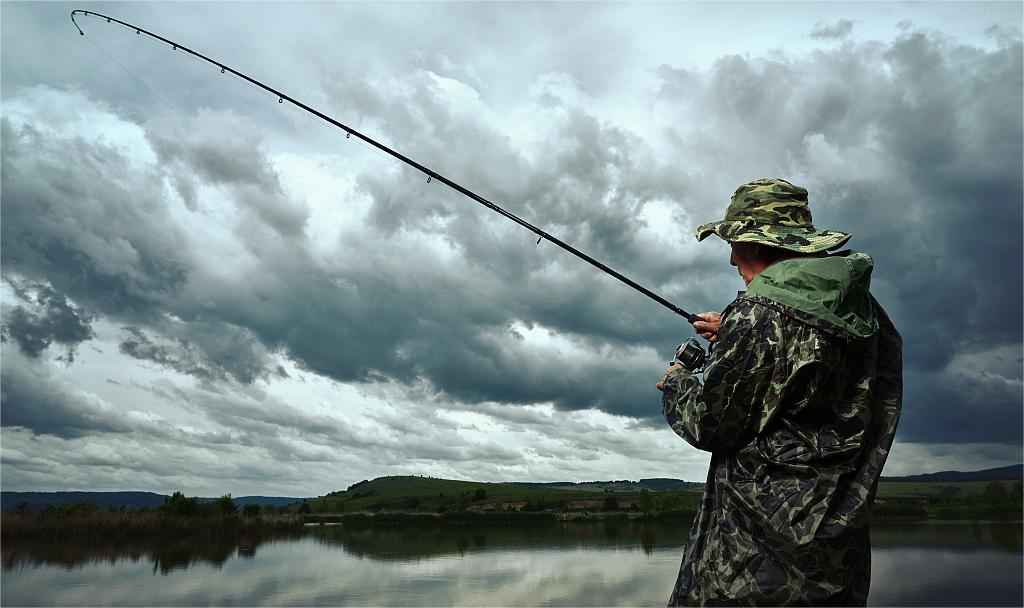




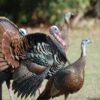
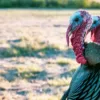
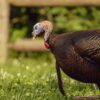
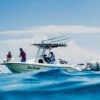









Leave a reply